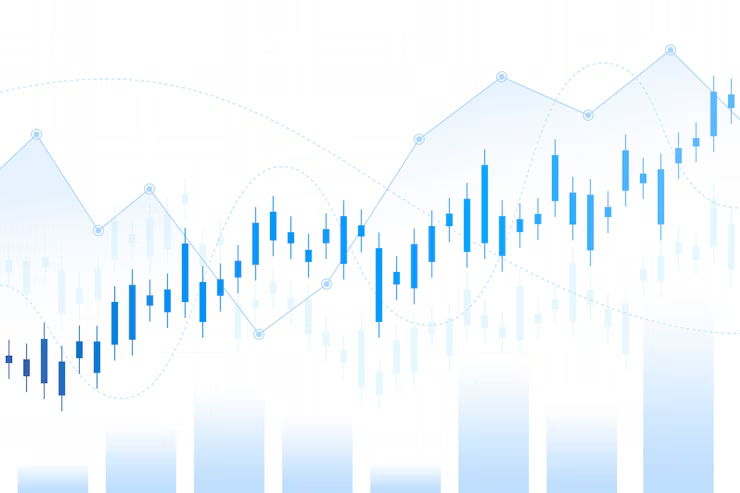Investing in quantum computing has become a hot trend, and one company making waves is D-Wave. If you’re wondering how to buy D-Wave stock and what important facts you should know before making a move, you’re in the right place. This guide offers a complete walkthrough while maintaining easy-to-read language and well-structured content.
What Is D-Wave?
A Pioneer in Quantum Computing
D-Wave Systems is a Canadian technology company that specializes in quantum computing systems. Unlike traditional computers, quantum computers operate on qubits, allowing them to solve complex problems much faster. D-Wave has positioned itself as a leader in this field, offering quantum services to businesses, government institutions, and researchers.
The Move to Public Markets
D-Wave went public through a SPAC (Special Purpose Acquisition Company) merger with DPCM Capital Inc. This allowed the company to be listed on the New York Stock Exchange under the ticker symbol QBTS. Therefore, when looking for D-Wave stock, you should search for “QBTS.”
Why Investors Are Interested in D-Wave Stock
High Growth Potential
Quantum computing is still in its early stages. However, the demand is rising fast, especially in industries like finance, healthcare, cybersecurity, and logistics. Many investors believe that early movers like D-Wave could experience exponential growth.
Unique Technology
D-Wave uses a different quantum computing method known as quantum annealing. This method is particularly effective for solving optimization problems, making D-Wave an attractive option in various practical applications.
Strategic Partnerships
D-Wave has already formed partnerships with companies such as Lockheed Martin, NASA, and Google. These alliances not only add credibility but also hint at strong future growth.
How to Buy D-Wave Stock
Step 1: Choose a Reliable Brokerage Platform
To buy D-Wave stock, you first need to open a brokerage account. Many platforms offer this service, including:
- Robinhood
- E*TRADE
- Fidelity
- Charles Schwab
- TD Ameritrade
Step 2: Fund Your Account
After setting up your account, transfer funds from your bank. Most brokers accept ACH transfers, wire transfers, or even debit card payments.
Step 3: Search for the Ticker Symbol
As mentioned earlier, D-Wave stock trades under the symbol QBTS. Use the platform’s search bar to locate it.
Step 4: Decide on the Number of Shares
Before buying, determine how many shares you want. This depends on your risk tolerance and financial goals. It’s often wise to start small, especially when dealing with new tech stocks.
Step 5: Execute the Trade
Once ready, place a market or limit order. A market order buys at the current price, while a limit order allows you to set your own price.
Factors to Consider Before Buying D-Wave Stock
Understand the Risks
New technology stocks are inherently risky. Prices can fluctuate wildly, and not all companies survive long term. D-Wave is no exception.
Market Competition
While D-Wave is a pioneer, it faces competition from big names like IBM, Google, and Microsoft. Each of these giants is also investing heavily in quantum computing.
Financial Health
Check the company’s financials before investing. Look at:
- Revenue growth
- Operating costs
- Profit margins
- Cash flow
Regulatory Environment
Quantum technology may face government scrutiny in the future. Changes in regulations can impact company operations and stock prices.
Pros of Investing in D-Wave Stock
Early Entry in a High-Potential Market
Getting in early could offer significant gains if quantum computing takes off as predicted.
Strong IP Portfolio
D-Wave holds numerous patents related to quantum computing, providing a competitive edge.
Industry Partnerships
Collaborations with top-tier companies signal strong business potential.
Cons of Investing in D-Wave Stock
High Volatility
Stock prices may swing dramatically due to market speculation or news events.
Unproven Profit Model
D-Wave has yet to demonstrate consistent profitability, which is a red flag for some investors.
Technical Complexity
Understanding the product and market requires some level of technical knowledge.
Long-Term Outlook for D-Wave Stock
Future Growth Potential
If D-Wave continues to innovate and scale its technology, its long-term prospects are promising. Analysts suggest that as more businesses adopt quantum solutions, D-Wave could be a major player.
Possible Buyout or Merger
Given the company’s technology and IP, it’s possible that a larger tech firm could acquire D-Wave in the future. This could provide a lucrative exit for early investors.
Tips for Investing in Emerging Tech Stocks
Diversify Your Portfolio
Never put all your money into one stock, especially a high-risk one. Diversification helps reduce your overall risk.
Stay Informed
Keep up with quantum computing trends and news related to D-Wave stock. Staying informed helps you make better decisions.
Use Limit Orders
Limit orders give you more control over the price you pay or receive for the stock.
Think Long-Term
Emerging tech stocks often take time to mature. Patience is key.
FAQs About D-Wave Stock
Is D-Wave Stock a Good Investment?
It depends on your risk appetite. The potential is there, but so are the risks.
Where Can I Track D-Wave Stock Performance?
You can track it on financial websites like Yahoo Finance, Google Finance, or your brokerage platform using the ticker QBTS.
Does D-Wave Pay Dividends?
As of now, D-Wave does not offer dividends. The company is focused on growth and research.
Can I Buy D-Wave Stock Outside the U.S.?
Yes, if your local brokerage allows access to U.S. markets.
Final Thoughts
Buying D-Wave stock can be an exciting opportunity if you believe in the future of quantum computing. However, it’s important to weigh the pros and cons before diving in. Follow the steps above to purchase shares, and always stay informed to make smarter investment choices.
Whether you’re a seasoned investor or just starting out, knowing how to buy D-Wave stock and what to expect can make a significant difference. Keep learning, stay diversified, and make informed decisions for a better financial future.




